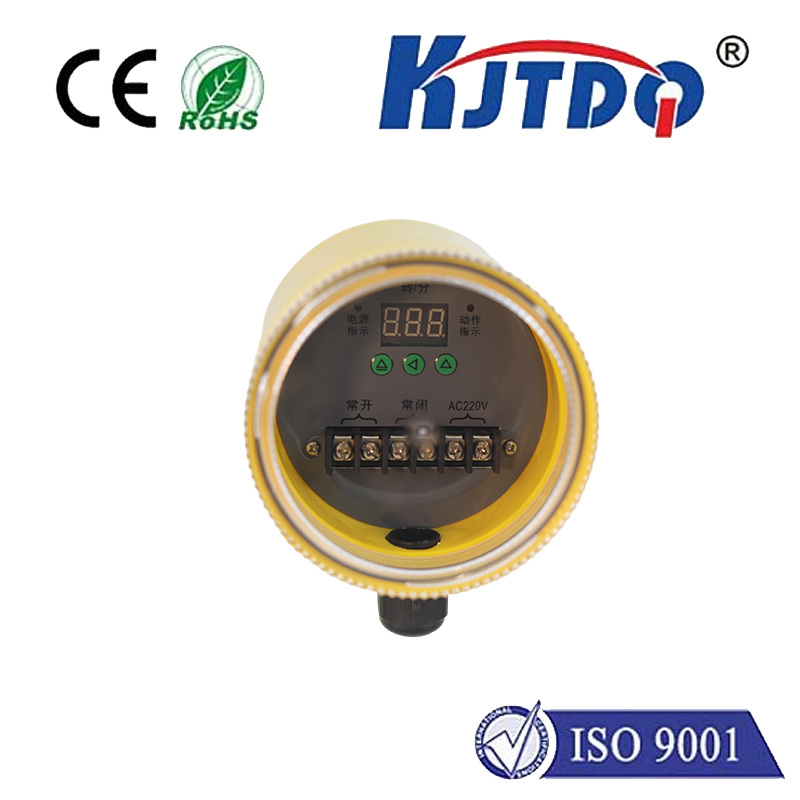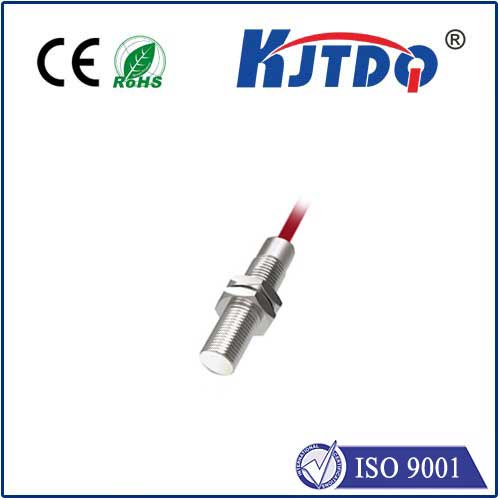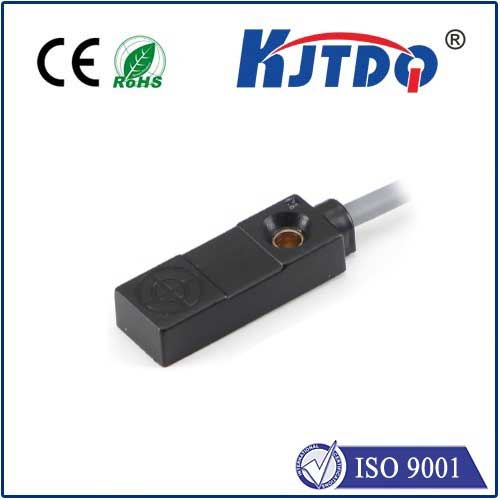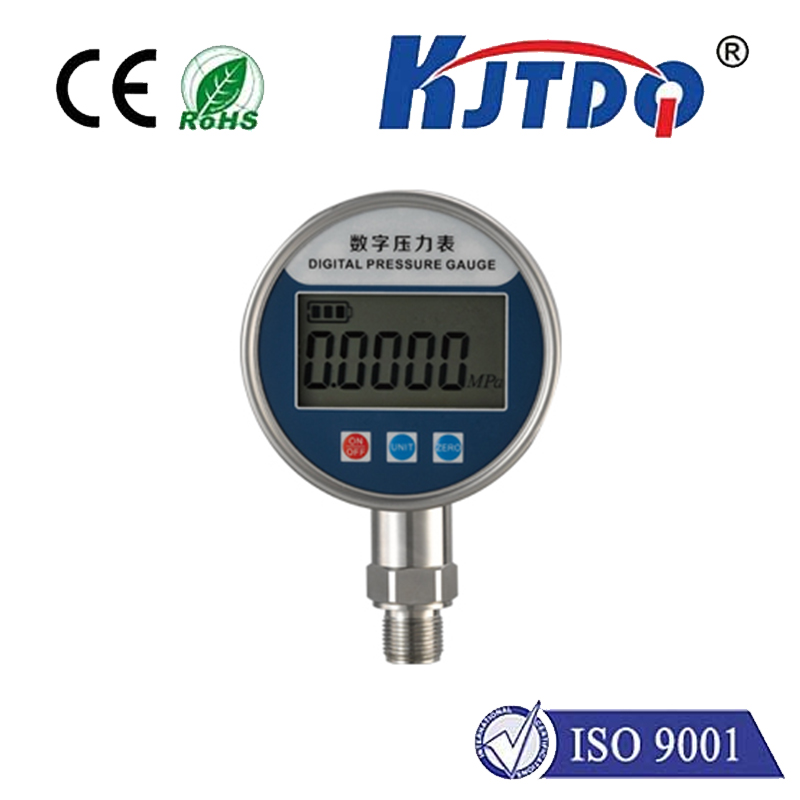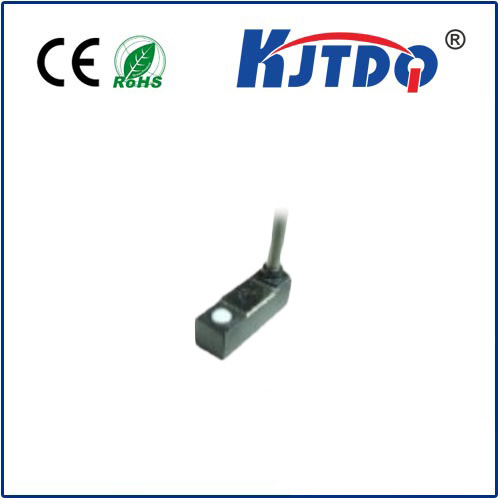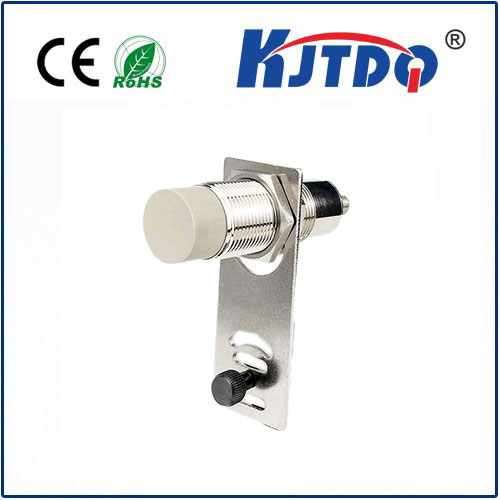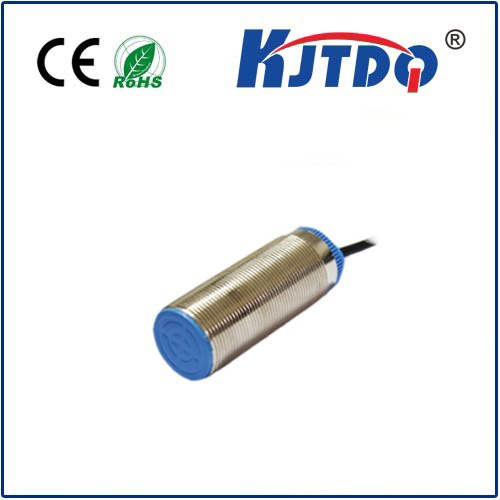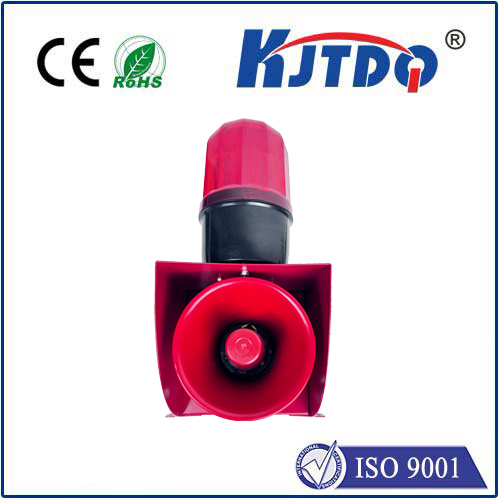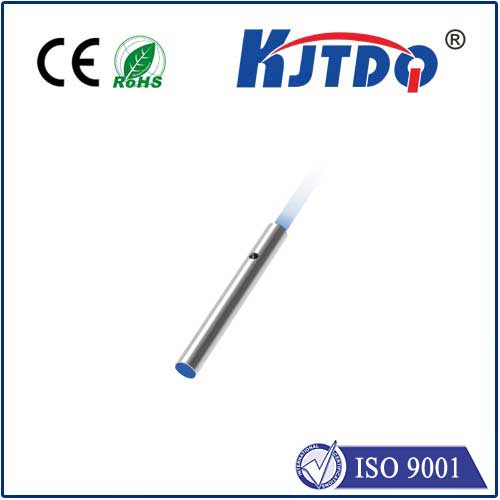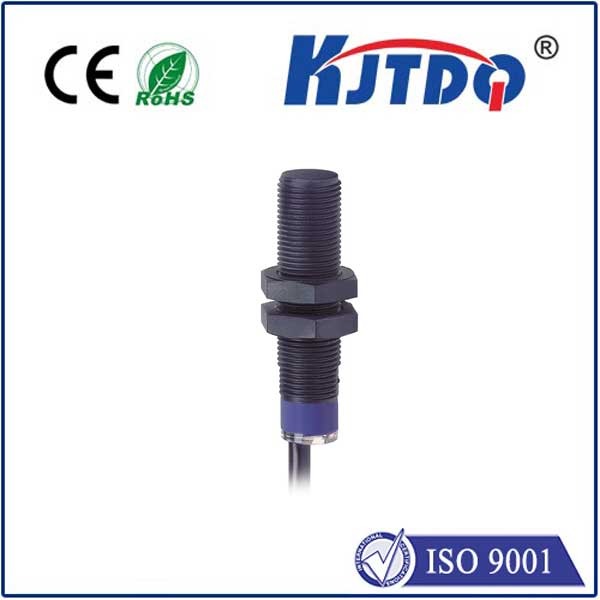ultrasonic proximity
- time:2024-10-12 12:58:33
- Click:0

Title: Unveiling the Mysteries of Ultrasonic Proximity Sensing
In the realm of advanced technology, ultrasonic proximity sensing stands out as a sophisticated innovation that has revolutionized the way we interact with machines and devices. This cutting-edge technology has permeated various industries, from automotive to robotics, enhancing both convenience and safety in our daily lives.
What is Ultrasonic Proximity?
Ultrasonic proximity sensors are devices that use sound waves to detect objects within a specified range. They emit high-frequency sound waves, typically inaudible to the human ear, and measure the time it takes for these waves to bounce back after striking an object. This timing is then converted into distance, allowing the sensor to determine the proximity of the object with impressive accuracy.
The Mechanism Behind Ultrasonic Proximity Sensors
At the heart of an ultrasonic proximity sensor lies a transducer, which functions both as a transmitter and receiver. When activated, the transducer sends out sound waves at a predetermined frequency. As these waves travel through the air, they encounter obstacles and reflect back to the sensor. The transducer receives these echoes and calculates the time interval between transmission and reception. By knowing the speed of sound, the sensor can accurately calculate the distance to the object.
Applications Across Industries
The implementation of ultrasonic proximity sensors spans across multiple sectors, each harnessing its unique advantages:
- Automotive Industry: In vehicles, these sensors are instrumental in parking assistance systems, enabling drivers to park safely by detecting nearby objects and measuring distances. They also play a crucial role in blind-spot detection, enhancing road safety by alerting drivers of other vehicles in their peripheral view.
- Robotics: For robots, especially those in industrial settings or navigation tasks, ultrasonic proximity sensors provide essential data for obstacle avoidance and environmental mapping. They allow robots to navigate complex spaces, avoiding collisions and optimizing pathways.
- Home Automation: In smart homes, ultrasonic sensors contribute to security systems by detecting motion and triggering alarms or notifications. They are also used in automated lighting controls, ensuring energy efficiency by dimming or turning off lights when no one is in the room.
- Medical Field: In medicine, ultrasonic proximity sensors find applications in diagnostic imaging, where they help measure blood flow and detect blockages without invasive procedures. Their precision makes them valuable tools in monitoring patient health non-intrusively.
Advantages of Ultrasonic Proximity Sensors
One of the primary benefits of ultrasonic proximity sensors is their ability to function effectively under various environmental conditions. Unlike optical sensors, which may be affected by lighting or color variations, ultrasonic sensors operate reliably regardless of light conditions or surface colors. Additionally, they offer robust performance in environments with dust, fog, or smoke, where other types of sensors might falter.
Challenges and Limitations
Despite their numerous advantages, ultrasonic proximity sensors do face some challenges. Their accuracy can be influenced by factors such as temperature fluctuations, which affect the speed of sound. Moreover, reflective surfaces may cause difficulties due to multiple reflections, leading to potential inaccuracies in distance measurement. To overcome these limitations, continuous advancements in technology are being pursued to enhance sensor performance and reliability.
Looking Forward
As technology progresses, the role of ultrasonic proximity sensors is set to expand even further. Researchers are exploring ways to miniaturize these sensors without compromising on their sensitivity or range. Integration with artificial intelligence promises to unlock new possibilities, enabling more intelligent interpretation of environmental data and fostering innovations that were once considered science fiction.
In conclusion, ultrasonic proximity sensing represents a significant leap forward in our interaction with technology. Its versatile applications across diverse fields demonstrate its importance in modern society. As we continue to push the boundaries of what’s possible, ultrasonic proximity sensors will undoubtedly remain at the forefront of innovation, shaping a future where machines understand and adapt to their surroundings with unprecedented precision.





